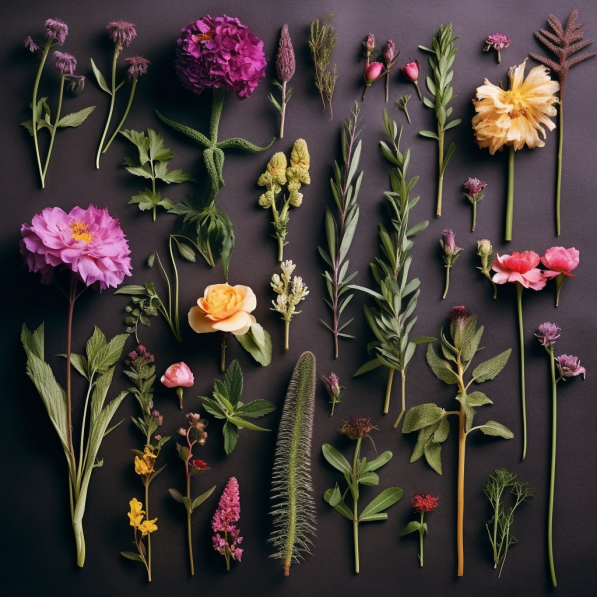Introduction:
Hello, gardening enthusiasts. Today, we’re taking a deep dive into a topic that’s often a source of confusion for gardeners: the difference between cultivars and varieties. Knowing this distinction is crucial for understanding plant taxonomy and making informed choices in your gardening journey.
Understanding Plant Taxonomy:
To understand the difference between cultivars and varieties, it’s important to first grasp the basics of plant taxonomy. This biological classification system ranks plants from broad categories (like Kingdom and Family) down to specific ones (like Species and, yes, Varieties and Cultivars).
Plant Varieties:
In botanical terminology, a variety refers to a naturally occurring sub-group within a species. These variations occur in the wild and are capable of true breeding, meaning they can pass their unique characteristics onto their offspring via seeds. Varieties are often indicated by ‘var.’ in plant labels and names.
Plant Cultivars:
Cultivar stands for ‘cultivated variety.’ These are plants selected and bred by humans for specific desirable characteristics. They might have been bred for features like larger flowers, unusual leaf color, disease resistance, or a host of other traits. Cultivars are often propagated through cuttings, grafting, or tissue culture to maintain these characteristics, as they may not pass on these traits through seeds. In plant names, cultivar names are enclosed in single quotation marks.
Cultivar Selection:
Cultivar selection involves choosing plants based on their specific characteristics to suit your garden’s needs. This could involve choosing disease-resistant cultivars for areas prone to certain plant diseases, or selecting cultivars known for their exceptional blooms or foliage.
Choosing Between Varieties and Cultivars:
When choosing between varieties and cultivars, it’s important to consider your gardening goals. If you’re interested in preserving native landscapes and ecosystems, selecting local varieties might be your best bet. But if you’re looking for specific traits like color, form, or resistance to pests and diseases, cultivars might be a better fit.
Understanding Plant Names:
Plant names can tell us a lot about their characteristics and lineage. A plant’s botanical name includes its genus, species, and often its variety or cultivar. Understanding these can provide valuable insights into a plant’s growth habits, care requirements, and more.
Conclusion:
Understanding the difference between cultivars and varieties can enhance your gardening experience. It can help you make informed choices and understand more about the plants you’re nurturing. Remember, gardening isn’t just about tending to the plants; it’s also about learning and growing alongside them.
With this newfound knowledge, I hope you’ll look at your garden with an even more informed and appreciative eye. And remember, no matter what you’re growing – be it a variety or a cultivar – the joy of gardening comes from the love and care you pour into your plants. So, keep growing and keep learning. Happy gardening!
Remember: Gardening is a journey of discovery. The more you learn, the more there is to appreciate about the world of plants around you. Enjoy the journey and the many wonders it brings. Happy gardening!
